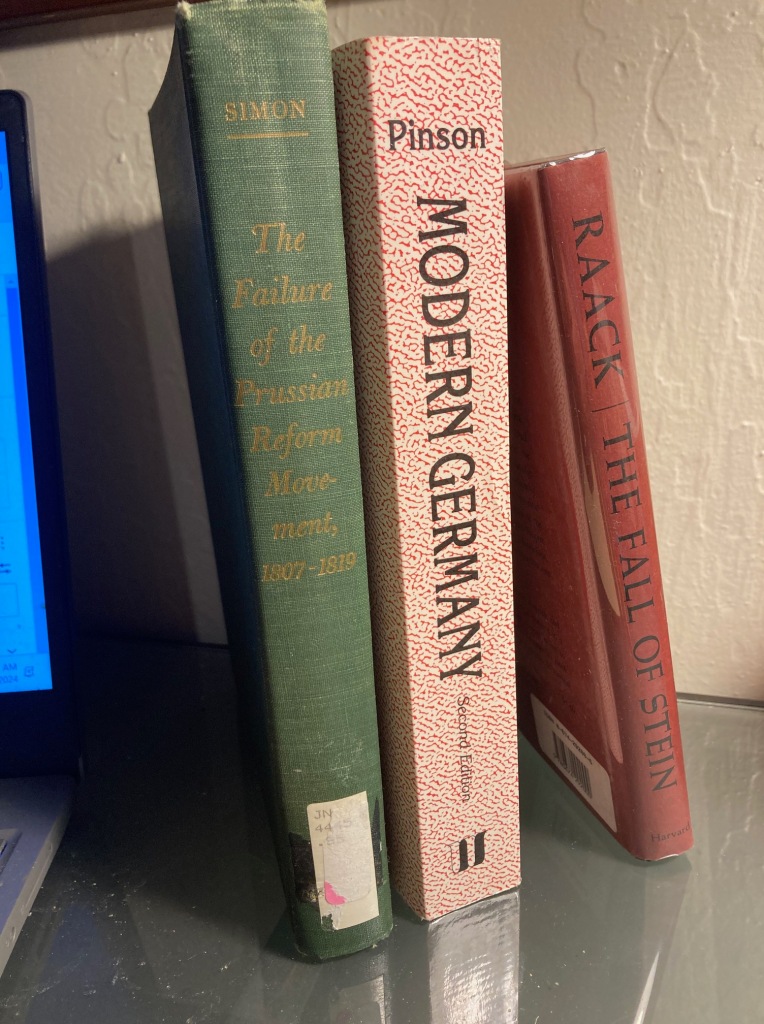A tale of two bridges:
Here is the suspension section of the Oakland Bay Bridge:

Designed in the early 1930s and completed in 1936, the bridge spans one of the world’s busy shipping lanes into the port of Oakland. Hundreds of ships, including giant container ships, sail beneath this bridge every year, and have for decades.
Look a little closer:

Notice that giant steel-reinforced tower right in the middle? And those towers holding up the suspension cables are gigantic chunks of steel siting on their own little islands of steel and concrete.
Back in 1936, this bridge won all the engineering awards, not the more scenic and famous Golden Gate Bridge being built a few miles away at the same time. Later engineers opined that it was really wildly overengineered, that the tower in the middle was unnecessary. The original engineers put it there to make double and triple sure that, were a ship to run into it or one of the other towers, the bridge would stay up.
Almost 90 years later, it’s still standing. Having driven over it hundreds of times, it certainly feels solid, for what that’s worth.
Now look at the late Francis Scott Key Bridge, opened in 1977:

Now, I’m no engineer, but that thing looks like one good whack with a big boat, and it’s collapsing domino-style – Oh! Oops!
May the souls of the men who died in the collapse rest in peace, and may the Spirit comfort their loved ones left behind.
Next, I’ve been super busy and ill the last, oh, 2 months. Life has been eventful. I’ve been scarce around these here parts. Now, I have to fix up a couple rooms at Recusant Ranch for family visitors who are coming for my mother in law’s funeral.
She died a month ago, in her sleep in her own bed, after 86 years of life, leaving 11 children, 20+ grandchildren, and 4 great-grandchildren. We should all be so blessed. She lived with us, and my wife had taken care of her, for the last 6 and half years. Now, the family is gathering, half of whom live on the East Coast or in England, which is why there was such a long delay for the funeral. 50+ kids, grandkids, spouses, and great grand kids are coming in. I’ll be accompanying my daughter who will be singing Schubert’s Ave Maria at the funeral mass.
Anyway, school is out May 25th. I should have time to blog then. I kind of miss it.


